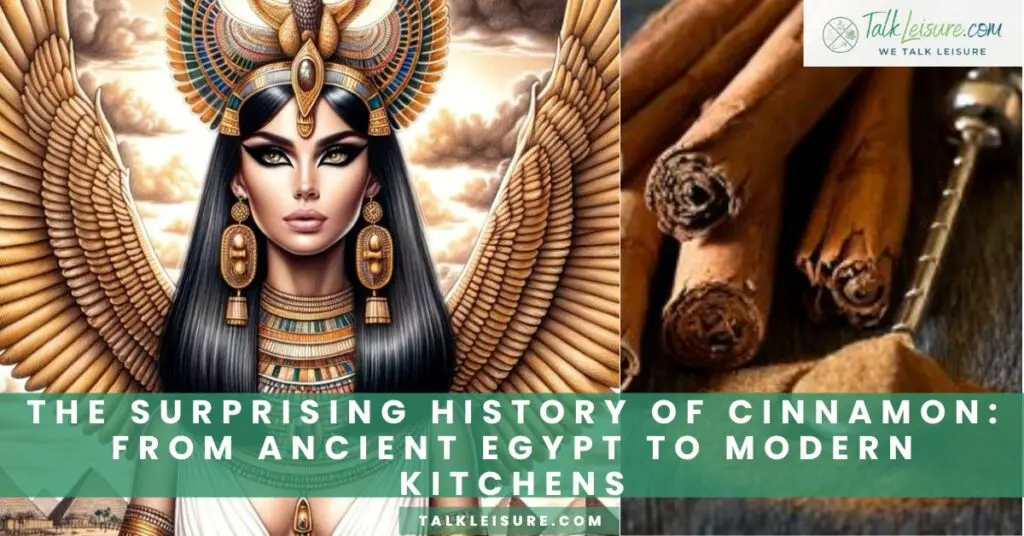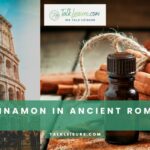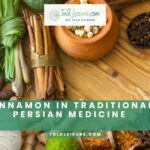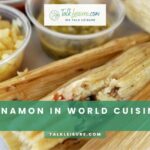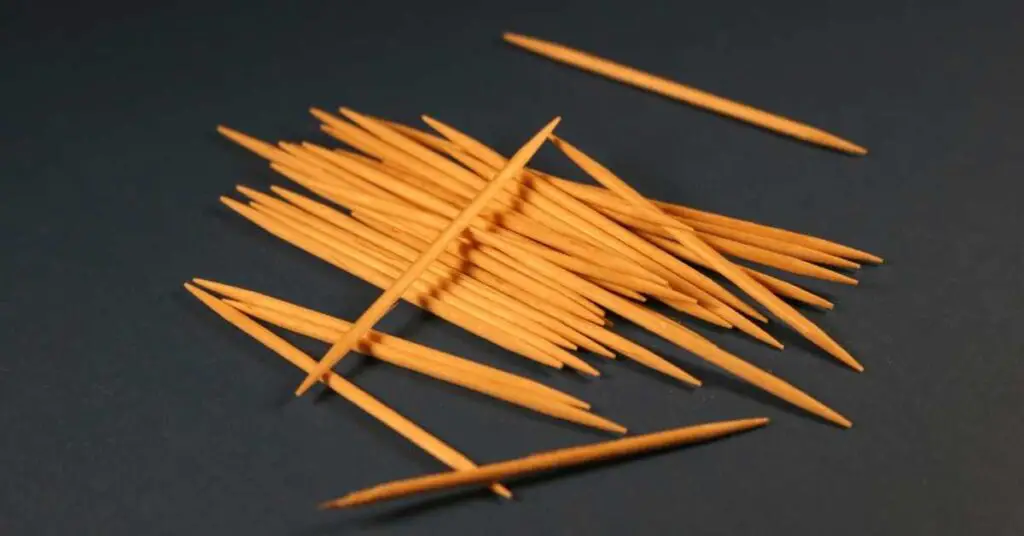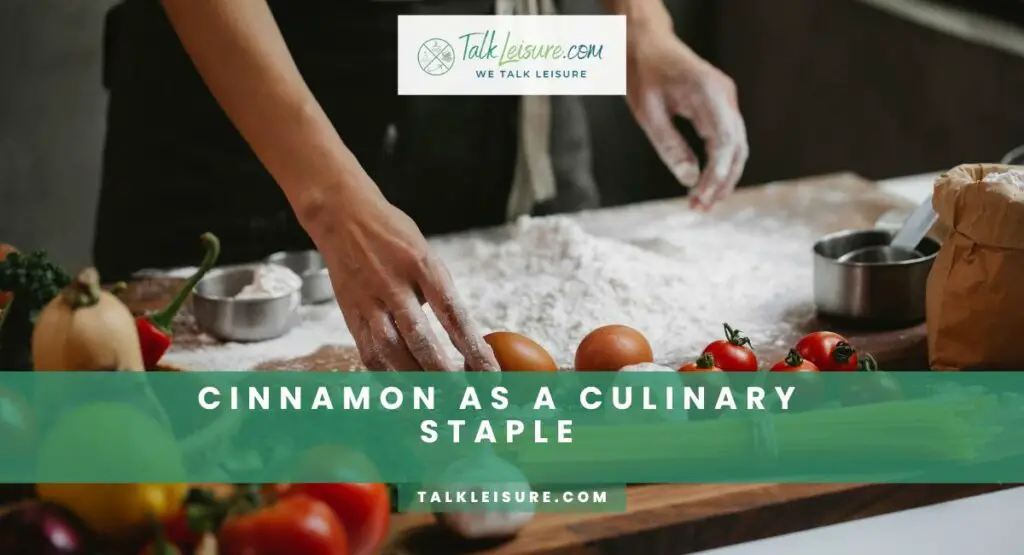Cinnamon has a rich and surprising history that dates back thousands of years.
It is believed to have been first used in ancient Egypt, where it was highly prized for its medicinal properties.
The Egyptians used cinnamon in embalming and as a key ingredient in their perfumes.
From Egypt, cinnamon spread to other parts of the world, including China and Europe.
In China, it was highly valued for its warming properties and was used in traditional Chinese medicine.
In Europe, cinnamon became a luxury spice and was often used to flavor dishes and drinks.
Today, cinnamon is popular all over the world and is used in a variety of culinary dishes, from sweet treats like cinnamon rolls to savory dishes like curries.
Its warm and comforting aroma continues to make it a beloved spice in kitchens worldwide.
Cinnamon also has numerous health benefits, including its ability to help regulate blood sugar levels and its anti-inflammatory properties.
It is also rich in antioxidants and can help boost the immune system.
Ancient Beginnings
Cinnamon’s Use in Ancient Egypt
The captivating and unexpected history of cinnamon, a spice cherished for millennia, unveils intriguing chapters.
In ancient Egypt, cinnamon held immense value, particularly for its medicinal attributes.
Esteemed not only for its role in embalming practices but also as a pivotal ingredient in their perfumes, the Egyptians astutely acknowledged the manifold benefits of cinnamon, seamlessly integrating it into their daily routines.
A Comprehensive Guide to Different Types of Cinnamon
Cinnamon’s presence in Ancient Mesopotamia
Ancient Mesopotamia is another region where cinnamon played a significant role.
Its aroma and flavor were highly valued, and it was commonly used in cooking and religious rituals.
Cinnamon found its way to Mesopotamia through trade routes and quickly became a sought-after spice.
The people of Mesopotamia cherished cinnamon and recognized its positive impact on their cuisine and religious practices.
These ancient beginnings of cinnamon highlight its importance and versatility.
From its use in Egypt and Mesopotamia to its role in Chinese medicine and European cuisine, cinnamon has captured the hearts and taste buds of people all over the world.
Its captivating aroma and numerous health benefits continue to make it a beloved spice in households today.
Trade Routes and Global Expansion

Cinnamon in Ancient Greece and Rome
As the use of cinnamon spread across the ancient world, it made its way to Greece and Rome.
These civilizations embraced cinnamon for its unique flavor and its supposed medicinal properties.
Cinnamon quickly became a popular ingredient in their cuisine, adding a delightful warmth to both sweet and savory dishes.
The Pivotal Role of Cinnamon in the Indian Ocean Trade
During the medieval period, cinnamon played a vital role in the bustling Indian Ocean trade.
Arab traders controlled the cinnamon trade routes, making it a highly coveted spice.
Cinnamon was so valuable that many European explorers set out on dangerous voyages in search of this prized spice.
This demand for cinnamon sparked exploration and the expansion of trade routes, forever impacting the global spice trade.
The story of cinnamon’s journey from ancient Egypt and Mesopotamia to Greece, Rome, and the world is a testament to its enduring allure.
Its versatile use in various cuisines and its rich history make cinnamon a true treasure in kitchens around the globe.
Cinnamon in Traditional Medicine and Rituals
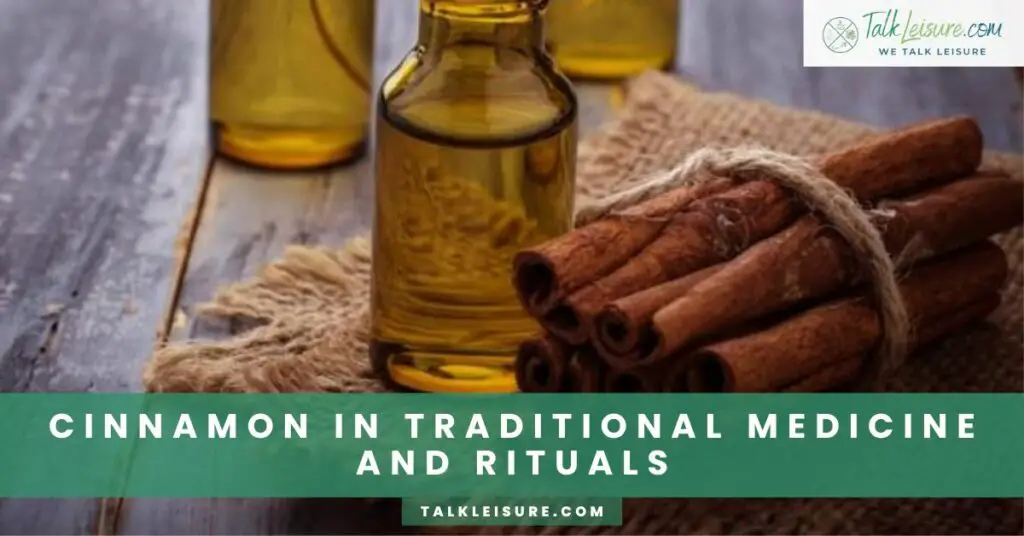
Cinnamon’s Role in Religious and Ceremonial Practices
Throughout history, cinnamon has held a significant place not only in culinary traditions but also in traditional medicine and religious ceremonies.
Ancient civilizations believed in its therapeutic properties and used it to treat various ailments.
Its warm and comforting qualities made it a popular ingredient in herbal remedies, promoting digestion, circulation, and even enhancing brain function.
In religious and ceremonial practices, cinnamon was valued for its fragrant aroma and symbolic meaning.
It was often burned as incense during rituals, believed to cleanse and purify the surroundings.
Its inclusion in sacred offerings and rituals symbolized fertility, abundance, and wealth.
Today, cinnamon continues to be cherished for its versatility, allure, and cultural significance.
Whether enjoyed in a delicious dish or used for its aromatic qualities, cinnamon is a cherished spice that bridges cultures and generations.
Cinnamon in Ancient Recipes
Throughout history, cinnamon has played a prominent role in culinary traditions across different civilizations.
Its unique and aromatic flavor has made it a staple ingredient in a wide variety of dishes.
In ancient recipes, cinnamon was commonly used in both sweet and savory preparations.
It added depth and warmth to desserts like cakes, pastries, and sweet breads, while also enhancing the flavors of savory dishes such as stews, curries, and rice dishes.
The versatility of cinnamon made it a prized spice, valued not only for its taste but also for its potential health benefits.
Its inclusion in ancient recipes showcases its enduring popularity and enduring place in culinary traditions.
The Rise of Cinnamon Plantations and Cultivation
Cinnamon Production in Sri Lanka
In Sri Lanka, cinnamon has a long and rich history.
The country is known for producing the highest quality cinnamon in the world.
The warm climate and fertile soil provide ideal conditions for cinnamon cultivation.
The cinnamon trees, known as Cinnamomum verum, thrive in the tropical climate and are meticulously grown and harvested.
Sri Lankan cinnamon is renowned for its distinct flavor and aroma, making it highly sought after in the global market.
The production process in Sri Lanka involves expertly peeling the inner bark of the tree, which is then dried and rolled into cinnamon sticks.
The country’s long-standing tradition of cinnamon production continues to contribute to its economy.
Cinnamon in Modern Kitchens
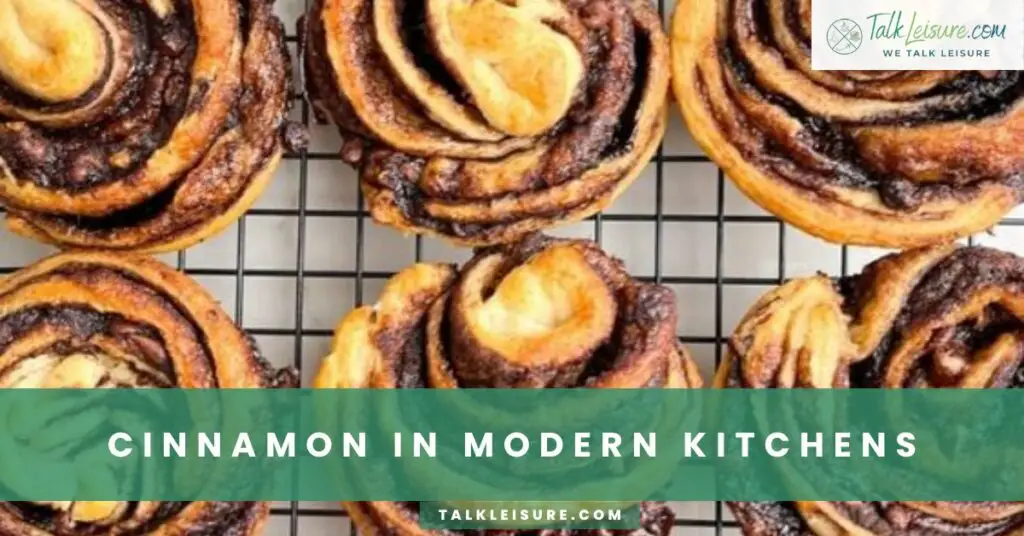
Cinnamon is a versatile spice that has found its way into modern kitchens worldwide.
Its distinct flavor and aroma make it a popular choice in a variety of dishes.
From savory curries to sweet desserts, cinnamon adds depth and warmth to any recipe.
It can be used as a spice in both ground and stick form, or even as an infused ingredient.
Chefs and home cooks alike have embraced cinnamon’s versatility, incorporating it into dishes from around the globe.
Cinnamon as a Popular Ingredient in Desserts and Beverages
One of the most common applications of cinnamon is in desserts and beverages.
Its sweet and spicy taste pairs well with baked goods like cinnamon rolls, apple pies, and cookies.
Cinnamon is also a key ingredient in spiced hot drinks like mulled cider and chai tea.
Its warming qualities make it a comforting addition to winter beverages.
In recent years, cinnamon has even made its way into unconventional desserts like cinnamon-infused ice cream and cinnamon-flavored cocktails.
Frequently Asked Questions
What is the history of cinnamon?
Cinnamon has a long and rich history that dates back thousands of years. It was first discovered in ancient Egypt, where it was highly prized for its culinary, medicinal, and religious uses. It was even used as a form of currency and was considered a gift fit for kings and gods. Over time, cinnamon spread to other parts of the world, including the Middle East, Europe, and Asia, where it continued to be valued and incorporated into various cultural cuisines and traditions.
How is cinnamon made?
Cinnamon is derived from the inner bark of specific trees from the Cinnamomum genus. The bark is carefully harvested, dried, and then rolled into quills or ground into powder. The most common types of cinnamon are Ceylon cinnamon (also known as “true” cinnamon) and cassia cinnamon. Each type has its own distinct flavor profile and culinary uses.
What are the health benefits of cinnamon?
A: Cinnamon is not only delicious but also boasts several health benefits. It is rich in antioxidants, which can help reduce inflammation and protect against chronic diseases. Cinnamon also has anti-inflammatory properties and may help improve blood sugar control. Additionally, it has antimicrobial properties that can help fight against bacteria and fungi.
How can I incorporate cinnamon into my cooking?
Cinnamon can be used in a wide variety of dishes, both sweet and savory. It adds warmth and depth to baked goods like cookies, cakes, and pies. It can also be sprinkled on oatmeal, yogurt, or roasted vegetables for a touch of sweet and spicy flavor. Cinnamon pairs well with other spices like nutmeg, cloves, and ginger, making it a popular choice for both traditional and innovative recipes.
Are there any precautions to take when using cinnamon?
While cinnamon is generally safe to consume in moderation, it is recommended to avoid excessive consumption, especially in concentrated forms like essential oil. Cassia cinnamon contains a compound called coumarin, which in large amounts can be toxic to the liver. If you have any underlying health conditions or are taking medication, it’s best to consult with a healthcare professional before increasing your cinnamon intake.
Best Wishes!

